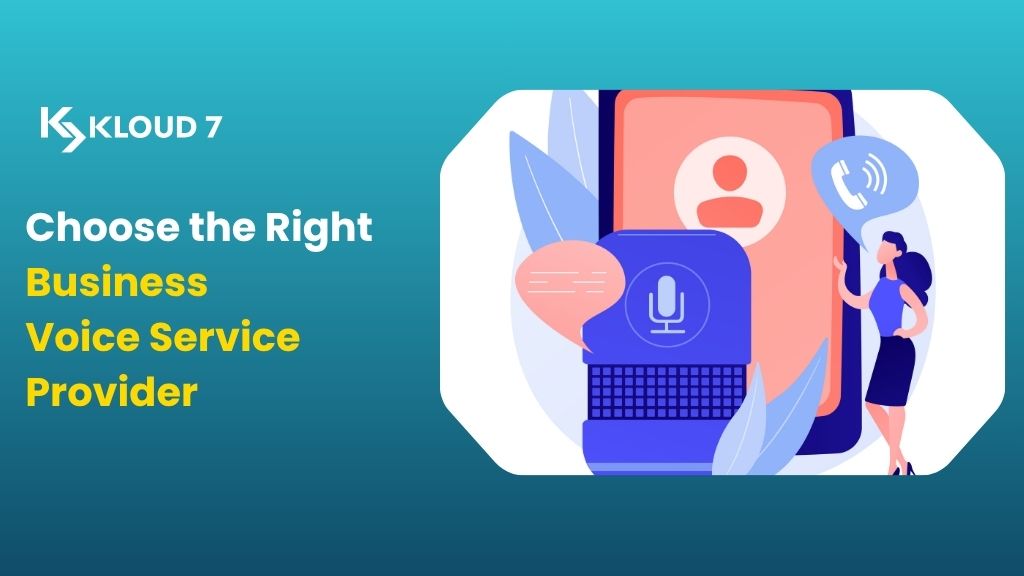Companies these days are looking for resources to provide the best services for their customer’s experiences and communication with them. Since the emergence of cloud technology, it has become easier for companies to communicate directly with their customers. Communication Platforms as a Service, or CPaaS, have emerged as a revolutionizing technology. This technology enables businesses to adopt a unified method of communication, enabling them to better serve their customers by catering to their needs via omnichannel communication. This blog dives deeper into the emergence of CPaaS, what is CPaaS solution, how it stands apart from UCaaS technology, and how it has shaped the world of unified communications.
Understanding CPaaS: CPaaS Meaning and Impact Unveiled
Let us first explore what is CPaaS solution, to better understand how this technology works. CPaaS, or communications platform as a service, is a cloud-based communication platform that enables API integrations and helps companies integrate their communication platforms into one. With CPaaS, companies can integrate all the communication platforms into the software that they already use. This eliminates the need to purchase extra pre-made bundles, which are highly expensive.
It is cloud-based and programmable. Usually, it will provide a whole range of services, such as chat, SMS/MMS, interactive voice response (IVR), and video conferencing. To incorporate communications features into an already-existing app, it makes use of communication application programming interfaces (APIs), which function as software middlemen that “translate” between two distinct apps. The main goal of the app is never compromised by making these necessary services accessible for use. If your company’s latest endeavor is being discussed exclusively via an internal platform rather than using third-party services like Google Hangouts or Skype, then CPaaS is a component of your system.
Developers can easily incorporate its features into their software by using third-party CPaaS providers, saving them the trouble of building their own CPaaS infrastructure from scratch. These suppliers give developers all the tools they need for smooth integration, including code, standard APIs, and even software development kits. After that, developers usually receive a monthly bill for the service based on a subscription.
Unlocking the Potential: The Many Facets of CPaaS Solutions
Now that we understand what is CPaaS solution, we dive deeper into what the benefits of CPaaS are to companies that use this technology. Using this technology comes with its own benefits, which makes it a top choice for businesses looking to improve their communication channels.
- Cost-Efficient: Since CPaaS solutions are cloud-based, they require businesses to pay only for what they use. Moreover, its solutions require you to make one-time payments, which helps businesses save on monthly expenses in the long term.
- Scalability: The solution is built for scalability. Businesses can increase or decrease the number of features that they use for their business, depending on the size and demand of their business.
- Customizable: CPaaS solutions are also customizable. They can be easily customized based on whatever features the business wants to use. This allows businesses to only spend on what they require, which helps them save money and resources.
- Integration: It offers easy integration into any communication application, which is by far its biggest advantage. The addition of CPaaS does not compromise the integrity of your app because it primarily uses APIs.
- Remote Collaboration: CPaaS offers a significant advantage for remote work by providing comprehensive communication tools. These platforms centralize the means of communication, fostering real-time team collaboration and task management despite geographical separation. It ensures seamless internal communication, enhancing productivity and team cohesion in remote settings.
Features of CPaaS
When we talk about the diverse nature of the features that it offers, these are the building blocks that help build a communication platform.
- Outbound Calls: The Voice API helps businesses integrate this feature into their communication stack. It helps them scale up or down depending on their requirements. A voice API for outgoing calls is ideal when you need to adapt quickly to a changing environment and increase or decrease your calling capacity.
- SMS Messaging: When you integrate SMS communication into your software, you can effortlessly send notifications, alerts, and more using your business number. Setting up two-way SMS messaging becomes a breeze, making it incredibly convenient for customers to respond to you. Utilizing an SMS API opens up possibilities to send group text messages, track message delivery, and openings, and automate workflows seamlessly.
- Phone Masking: Phone masking plays a crucial role by allowing you to link an agent and a customer seamlessly without exposing their actual phone numbers. It serves as an excellent tool to safeguard customer identities, protect sensitive information, and prioritize the safety and privacy of all parties engaged in the communication. The hidden phone number is then ultimately only visible to the CPaaS software.
CPaaS vs UCaaS: Decoding the Differences Between Communication Platforms
CPaaS has a keen similarity to UCaaS when it comes to defining the service. In real-time, both types of software have an abundance of features but are not the same. In the debate of CPaaS vs. UCaaS, let’s find out how exactly CPaaS stands apart from UCaaS.

UCaaS, also referred to as Unified Communication as a Platform, is a cloud delivery model that provides a range of services and applications for collaboration and communication. Enterprise messaging, presence technologies, online meetings, team collaboration, phone calls, and video conferencing are some of the features offered by UCaaS. CPaaS uses communication APIs to help developers integrate communication features into the software, while UCaaS is a unified platform for all communication needs.
UCaaS is primarily tailored for businesses and organizations seeking a comprehensive communication solution for their employees. This service focuses on end-user communication and collaboration, offering unified communication tools such as voice, video, messaging, and conferencing. Additionally, UCaaS often includes collaboration features and may extend to supplementary services like file sharing. Typically, UCaaS is delivered as a fully managed service by a third-party provider, offering limited customization options for end-users, although configuration options are commonly provided.
On the other hand, CPaaS is designed with developers and businesses in mind, catering to those building custom applications that require integrated communication features. CPaaS provides Application Programming Interfaces (APIs) for messaging, voice, video, and other communication functionalities. Developers can seamlessly integrate these APIs into their applications, which are then deployed as part of their software offerings. CPaaS emphasizes a high level of customization, allowing developers to tailor communication features to meet specific application requirements. Integration is a primary focus, enabling developers to embed communication features seamlessly into their applications, and this integration is often facilitated with other business applications and services.
Examples of UCaaS providers include industry leaders such as Cisco Webex, Microsoft Teams, Zoom, and RingCentral. In contrast, CPaaS is represented by platforms like Twilio, Nexmo (Vonage), Plivo, and Bandwidth. Each of these services plays a unique role in the communication landscape, addressing the diverse needs of businesses, end-users, and developers alike.
Final Thoughts
It is important to understand what is CPaaS solution to better grasp the science behind the technology. With the rapid shift in technological advancements, it is only relevant that businesses adopt the best practices when it comes to business communication and communicating with customers. As we navigate the digital era, embracing the possibilities offered by UCaaS and CPaaS not only enhances efficiency but also opens doors to innovative and tailored communication experiences. The key lies in understanding the unique strengths of each platform and aligning them with the specific goals and requirements of the users.




